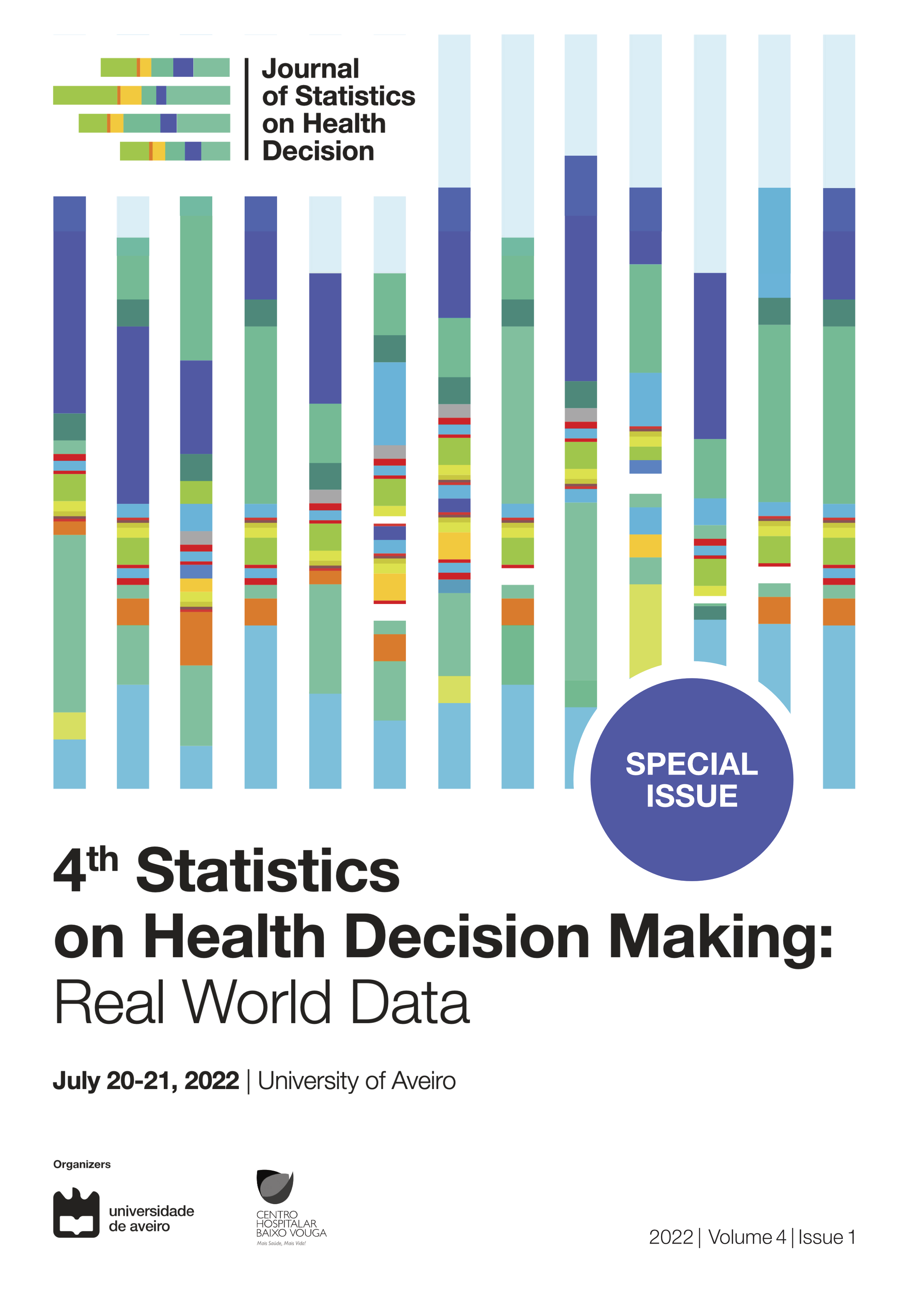What are the predictors of clinical improvement in adolescents with chronic neck pain after pain neuroscience education and exercise? – secondary analysis of a randomized controlled trial
Abstract
A recent study by our team suggested that interventions based on pain neuroscience education and exercise are similarly effective in the treatment of adolescents with neck pain (NP). However, we were unable to find any studies that explored factors of treatment response. Thus, this study aimed to explore whether sociodemographic data, pain characteristics, psychosocial factors, sleep, symptoms of central sensitization, pressure pain thresholds and neck muscles endurance at baseline predicted clinical improvement when using different standards: the Patient Global Impression of Change (PGIC) scale and the minimal change in the Numeric Pain Rating Scale (NPRS) for pain intensity and the Functional Disability Inventory (FDI) for disability, at post-intervention and 6-month follow-up. This study is a secondary analysis of a randomized controlled trial conducted with 127 adolescents with NP. To classify adolescents who improved, clinical improvement criteria were used: i) reporting a PGIC≥5 (moderately better, better, or a great deal better), ii) ≥50% reduction of pain intensity in the NPRS, iii) ≥50% reduction of disability in the FDI, and iv) ≥50% reduction in the NPRS and in the FDI, from baseline levels. Independent logistic-regression analyses were used to examine univariable and multivariable associations between the independent and dependent (clinical improvement) variables. At post-intervention, a multivariable model was found for the improvement of 50% in the FDI in which older age (OR=0.64, p<0.05) and moderate physical activity (OR=1.00, p<0.05) remained associated with decreased and increased likelihood of improvement, respectively. At 6-month follow-up, two multivariable model were found for the improvement of 50% in the NPRS in which higher disability (OR=0.94, p<0.05) remained associated with decreased likelihood of improvement and for the improvement of 50% in the FDI in which having pain often (OR=0.23, p<0.05) and higher neck flexors endurance (OR=1.07, p<0.05) were associated with decreased and increased likelihood of improvement, respectively.
Copyright (c) 2022 Rosa Andias

This work is licensed under a Creative Commons Attribution-NonCommercial-NoDerivatives 4.0 International License.
When submitting an article to the Journal of Statistics on Health Decision (JSHD), authors certify the following clauses:
- Originality and single submission – The contents presented in the article have not been published previously in whole or in part, and were not submitted or are not under active consideration elsewhere prior JSHD decision. The article is authentic and does not contain plagiarism.
- Authorship – All authors reviewed the article, agreed with its content, and agreed to its submission to the JSHD. All the authorship criteria stated by The International Committee of Medical Journal Editors Guidelines were met.
- Conflicts of interest – Any conflict of interests were declared. If authors have no declaration, it should be written (in the acknowledgements section): “The authors declare no conflict of interests”.
- Ethics committee and informed consent (if applicable) – The current research was approved by an independent ethics committee and subjects gave their informed consent before they were enrolled in the study.
- And authors agree to the Open Access license agreement of the Journal of Statistics on Health Decision, stated bellow.








